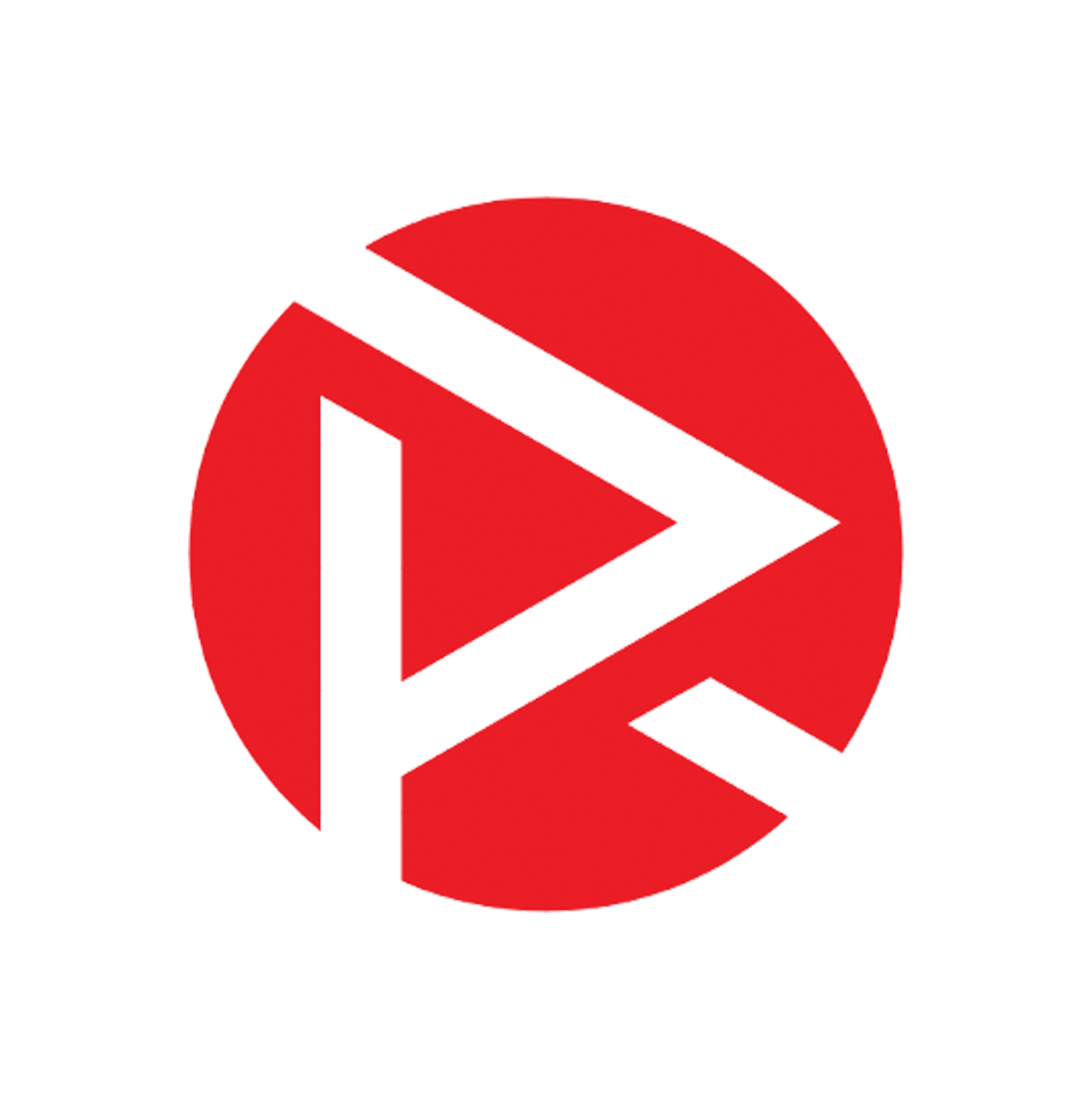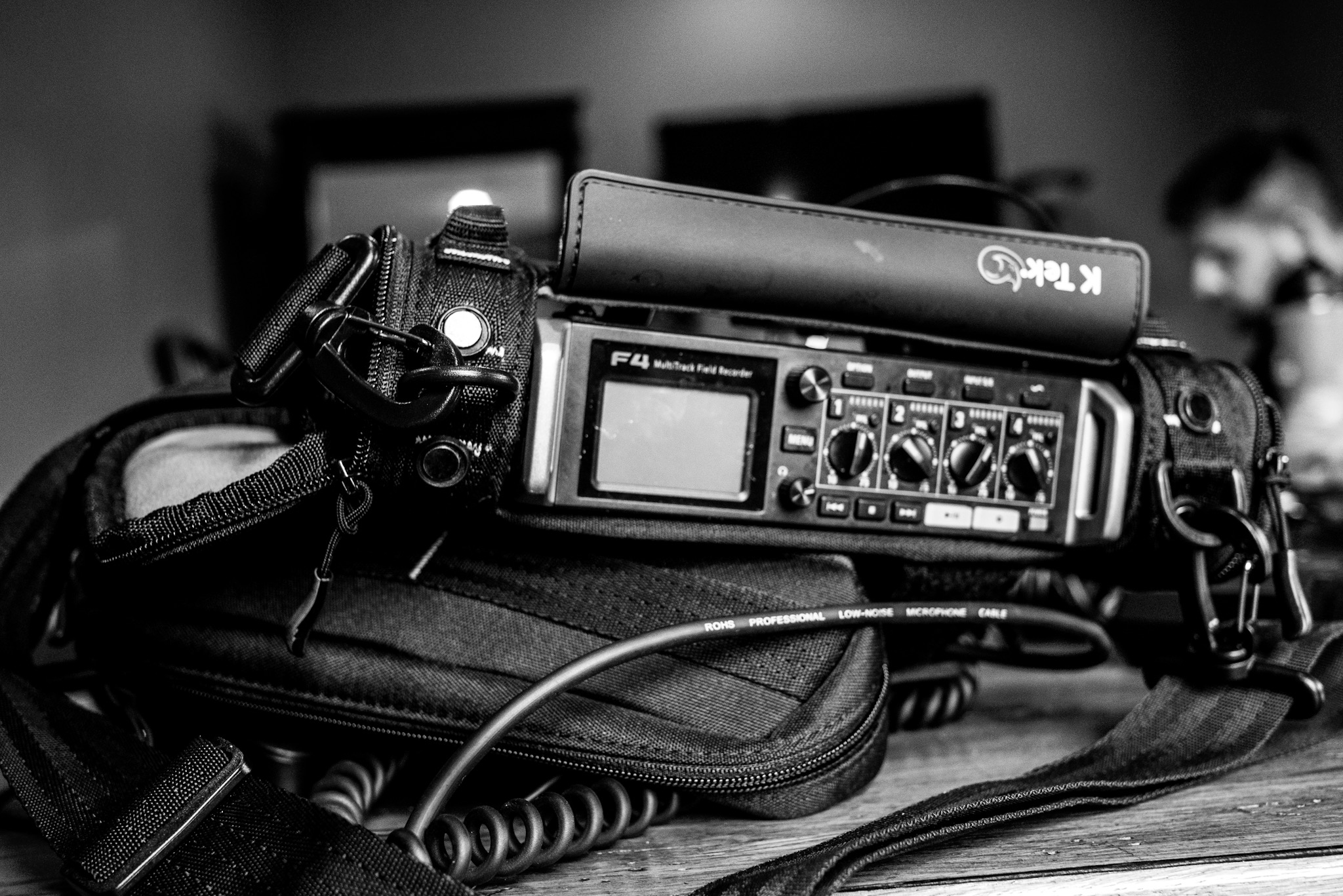Collaborative Knowledge: Our Time with Vacationland
Horsing Around in Grand Haven
Recently, we were contacted by Vacationland Studios to collaborate on a short documentary about an non-profit equine psychotherapy facility in Grand Haven, Michigan called Out Side In Stables. This beautiful place offers trauma victims a chance to rehabilitate through equine therapy. It was fascinating to learn not only how this method works but how effective it can be. Out Side In Stables Director, Jennifer McVoy, shared her knowledge about how the bond between horse and human can be therapeutic to both people and horses alike. (Did you know that a horse’s heartbeat syncs up with that of the human it’s in contact with?)
Vacationland reached out to us and hired our sound team for two days to capture the interview and location sound for this project. Their team was a pleasure to work with as they exuded both professionalism and courtesy. While we learned plenty about equine therapy, we also learned a thing or two working with another production company.
Day One: A Stable Environment
Every production offers an opportunity to learn something new. You can gain knowledge about technical aspects, client interactions, and so much more. This opportunity doubles when collaborating with another production company. You get to observe what similar practices they have and the different approaches they execute in their process.
First off, I have to commend Vacationland on their organization. At Allied Productions, we believe that the better we plan in pre-production the easier production will be and it was comforting to see Vacationland share that philosophy. Their team knew exactly what they needed from the location and this led to a very efficient day on set. They clearly communicated what they needed and expected of me as their sound operator; a detail that was much appreciated.
The first audio I captured was an interview with Jennifer in the stables. I surprised myself by holding the boom in place for the entirety of the 47 minute take. (Oh, it’s a deep burn!) In between the takes it was interesting to observe what was happening behind the scenes. While each team member had their specified roles, all of them were very camera savvy; a trait that we as a company share. I also noticed similarities in set up and lighting.
After the interview was concluded I captured the audio of Jennifer leading a therapy session with a family of five. She led them through a team building exercise with one the ponies on the ranch. It was fun to have an opportunity to do some run-and-gun type audio recording. I tailed one of their camera operators as Jennifer’s daughter, Alexa, rode one of the horses through the facility’s indoor stadium. I also captured some environment white noise and room tone for their editing team.
Overall, I enjoyed the learning experience of working with Vacationland Studio. Their professionalism and courtesy sets the tone for how they work as a team. It’s always a pleasure to see how other creatives try to place their own style on a project while staying within the boundaries of documentary filmmaking and I can’t wait to see how this project turns out.
Day Two: Racing Around
If Day One was an exercise in mise en scène, Day Two was cinéma vérité. Cinéma vérité in your more traditional “in the moment” documentary style. As a filmmaker your eschew precision and complexity for reality and simplicity. This translates to a lot of on-the-move sound capture, and quick thinking.
Day two’s schedule required us to capture the morning routine of one of Joel, one of Jennifer’s clients, and his wife before heading out to the stables for real equine therapy session. The team from Vacationland was going exclusively hand-held at the first location, and operating in the close-quarters of a home. We started the morning capturing b-roll outside the house, before moving into the kitchen.
The kitchen created some interesting boom to camera operator communication. As Nick Weissman (main DP) moved around the kitchen capturing footage of Joel and his wife, Kalim conducted an extremely natural and conversational interview. This style created a feeling that Joel and his wife were simply talking with the audience as they went about their morning. This required some skilled boom-work as the microphone and the operator needed to move silently around the kitchen, keeping Kalim, and Arielle’s positions in mind, as well as the constantly changing framing of Nick’s camera movement.
Now, any experienced editor would be having a heart-attack thinking about syncing all of this audio in post. Thankfully we utilized Tentacle Sync’s Synce E time-code modules on each of the cameras. You simply sync each of the modules via bluetooth at the beginning of the day, and any camera, sound recorder, or device that accepts time-code-in will ready to sync in post. We had an F5, our recorder, and even a Sony A7sii that we had synced up the entire day.
After the interview at the Joel’s house we traveled back to the stables to follow Joel through one of Jen’s equine therapy sessions. As a sound technician this mean following Joel, and the rest of the group around the stables on foot, while negotiating camera angles with Nick, and Kalim. We Lav’d up Jennier and Joel, but knew that we needed to ensure we had quality boom-work in case any of the lavs acted up and to provide the editors options when mixing in post. We followed Joel into the stalls of the stable and captured some incredibly personal moments between him and his therapy horse (a retired race horse). The horse itself was wary of the giant deadcat microphone hovering in it’s stall. The horse tried nibbling on the deadcat, but eventually ignored it, focusing more on Joel and his brushing and kind words.
We then followed Joel into a group setting where we had two cameras of different focal length, capturing footage of a group of 8 people, with only two lav mic’s (one on Joel, and one on Jen). This required us to skillfully navigate the boom-mic from speaker to speaker in the open setting. Thankfully our Seinheiser MKH 416 mic has incredible directional properties with minimal feedback. This means that who you’re pointing the mic at is who it picks up. Still, this requires the operator to navigate to a position where they can be above the speaker, and point down into where they are projecting.
The rest of the day was similar, but not nearly as stressful as navigating the group in the stable. At one-point we followed Joel through the rain to another barn as he walked his horse to his holding stall. Thankfully we had a weather-proof case for our recorder, and Zoom goes to great lengths to make their machines resistant to the elements.
Take-Aways: Communication, Time-code, Preparation
We could go on and on about our time in the field, but our big take-aways from out time with Vacationland really drive home a number of the tenants of production we at Allied espouse. Still, below our are top three
Communication
Before, during, and after production require constant communication to run smoothly. However, each of these pieces are unique in their requirements. Before production we had a series of emails that culminated in a planning meeting with the director of photography to hash out technical details. On set constant transparent and clear communication was a must. Navigating a boom mic around a group of 8 people speaking is no easy task. After production following up with the recorded audio, identifying any missing equipment, and getting paid are all potential opportunities for communication to break down.
Time-Code
Time-code saves lives. Syncing three audio sources and two cameras without any manual syncing in post reduces post production costs and prevents the chance of slating or recording errors on set. We used Tentacle Sync’s Sync E adapters. These small Bluetooth time-code devices sync via an app an never lose sync throughout the day.
Preparation
We laid out all our equipment the night before, bought a large external battery to run the recorder all day (even when supplying phantom power.), and arrived 30 minutes before each call time





